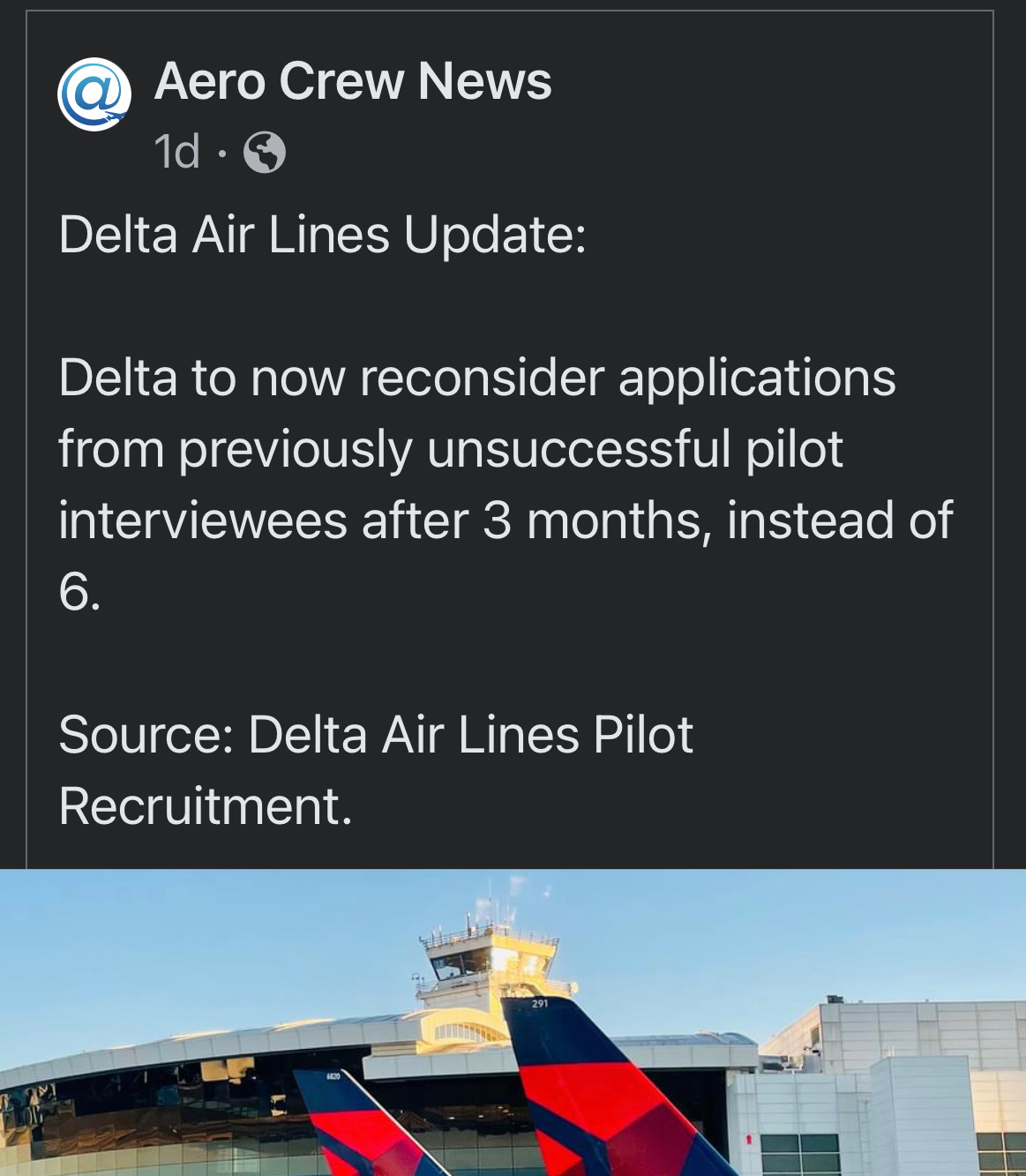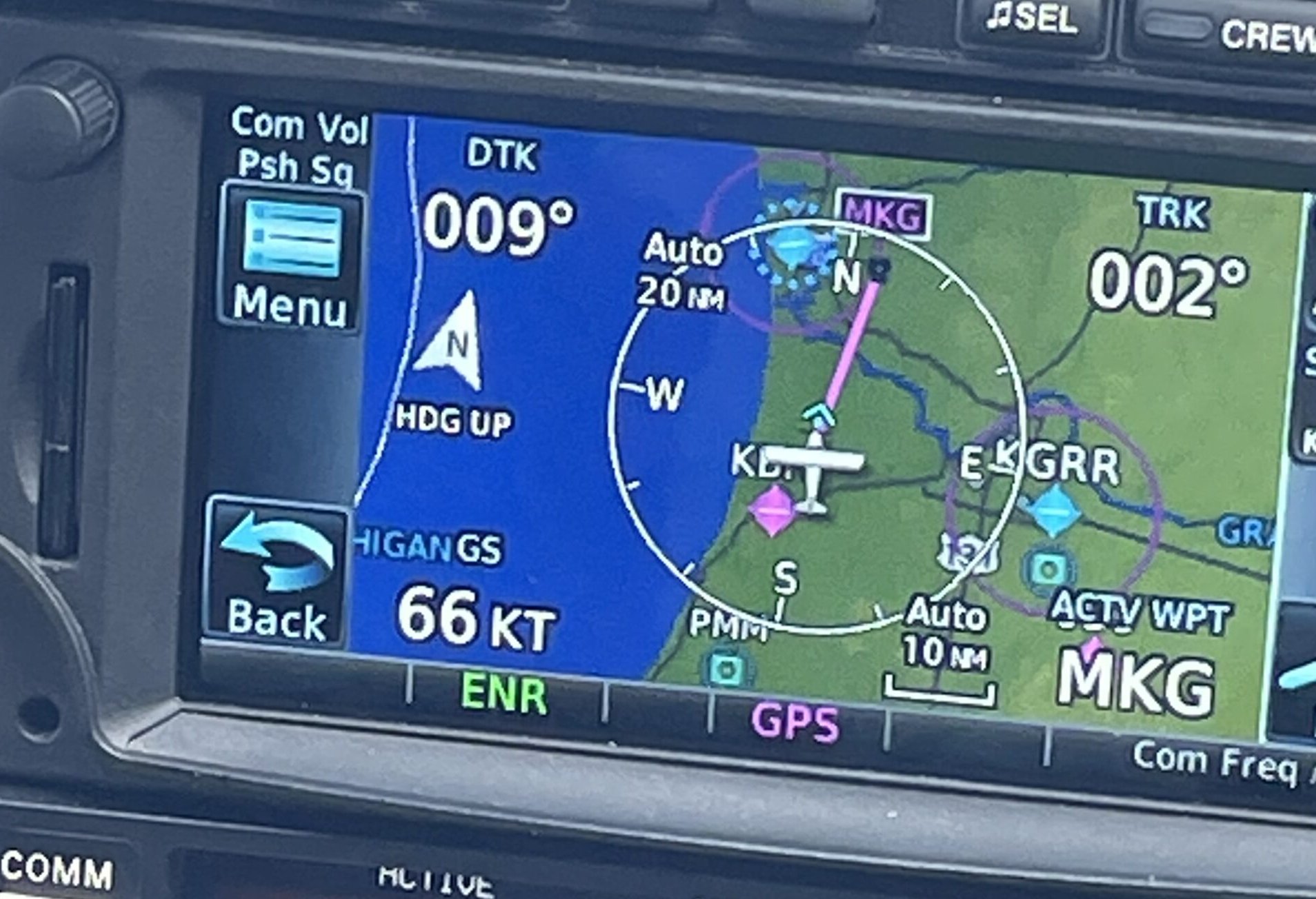
There has been much discussion and banter about there being a pilot shortage. Some will say there isn’t, or that it isn’t a shortage, it’s a pay issue. You can call it whatever you want, or characterize why the current situation exists in lots of ways, but the simple fact is that we need more pilots to serve the employee needs of many professional pilot positions.
This post isn’t to discuss that point right now. It is to point out that during this hiring frenzy, the ratio of potential employees (pilots) to jobs needing pilots is lower than ever before. It means that companies are less selective with who they hire, becoming desperate enough to hire whoever they can find that is “qualified” to do the job.
In a post I saw this morning, we see the following statement:

This is just one piece of evidence, that hiring practices have changed.
A wide variety of commercial flight operations have dropped previously held minimum standards for hiring that included higher flight time experience, degree qualifications, and/or previous service in other airline operations. We are reducing our hiring minimums in an effort to find enough potentially qualified candidates just to fill the flight decks of our aircraft.
Many of us in the aviation industry have affectionately called this “warm body hiring.”
To me, a shortage in any employee sector exists not only when we can’t find enough people to do the jobs, but also when we are not selecting from a candidate pool for best-qualified individuals. When we are accepting all comers, even minimally qualified, I have no doubt that there will be safety and service quality effects over the long term.
This is a problem that we are going to need to solve, and I am confident we will in our aviation training industry.
In the past, when we “had enough pilots”, selection for jobs was competitive. Commercial flight operations had the opportunity to select for “best qualified” individuals, not just a warm body who happens to have enough certifications to legally be able to do the job that they hoped they could train to meet minimum standards. In the past decade, that has largely been an option that all but the most sought-after jobs no longer have the luxury to hold as their standard.
This brings me to a point for all of those who are in training to be professional pilots or are seeking employment. As our industry responds to shortages, we will find a way to train more pilots. And the best of the best operations will be to a point again where they will hire more carefully and with more discretion.
Too many times when I see pilots on practical tests, meet with instructors, or talk with pilots seeking professional jobs, they ask not if they were highly qualified, but if they met the minimum. Shouldn’t we be trying to be better than just barely meeting the minimum as pilots? Wouldn’t this be really important if we are going to be operating in a commercial environment?
I want to leave the reader with a question, especially if you are going to be or are seeking employment as a professional pilot.
Wouldn’t you want to be a pilot who was good enough and qualified enough to be hired even if there wasn’t a pilot shortage?
 Holiday weekends mean accidents for general aviation pilots. It happens every year.
Holiday weekends mean accidents for general aviation pilots. It happens every year.
Many of the FAA Aviation Safety Inspectors (ASIs) that I have talked with would rather be tasked with being on call on New Year’s Day, Christmas, or Thanksgiving than Memorial Day, the 4th of July, or Labor Day weekends. It’s because pilots, every year, make bad ADM decisions and fly in conditions beyond their proficiency, in aircraft with problems, or to places they aren’t familiar with because they have planned vacations they don’t want to cancel.
It can be hard to say no as a pilot. It can be hard for a passenger to not put extra pressure on their pilot who is their spouse, mother or father, friend, or anyone else who is taking them flying for a destination on a holiday weekend. I get it, you want to get there for that planned weekend of relaxation, outdoor activity, weekend away, or whatever reason you have for traveling.
Realistic evaluation of your currency, proficiency, and capabilities is a critical part of your ADM as a pilot. Don’t use this weekend to “stretch your crosswind capabilities,” “scud run because it’s legal” when the clouds are lower than you would like, or fly an instrument approach to minimums “because you are current legally but haven’t actually flown an approach in 5 1/2 months.”
Be humble, be conservative, and be flexible with your plans. These can be hard decisions and we know that they may not always be the ones you want to make, but hard decisions are always better than dead.
As we kick off our summer of three-day holiday weekends, please mitigate all the risks you can, and be honest with yourselves out there if there are conditions piling up that make the go / no-go decision one that leans more towards no-go for your plans.
Don’t be the person who makes the FAA come out to an accident, or worse, adds to the aviation fatality rate. Many folks in the FAA would prefer to have this weekend off also, but more importantly, we would all prefer to have you and your passengers stick around a little longer.
If you are preparing for a flight this weekend, and you are encountering strike 2 or 3 that tells you this isn’t going right, remember, you can grill at home safely too.
Be safe out there everyone this holiday weekend.
Programming the correct things into your navigation system is pretty darn important. The wrong information in the navigation system gets you to the wrong place. And unless you are just looking for an adventure, or to get ATC grump, going to the wrong place probably isn’t what you want to do.
 This can be especially challenging to get correct when there are waypoints that are very close in what the “spelling” of the identifiers are, such as in the case of KMKG (the airport) and MKG (the waypoint that was formerly a VOR).
This can be especially challenging to get correct when there are waypoints that are very close in what the “spelling” of the identifiers are, such as in the case of KMKG (the airport) and MKG (the waypoint that was formerly a VOR).
In the picture to the right, you can see that the “magenta line” isn’t exactly headed toward the Muskegon, MI (KMKG) airport. Continue reading
